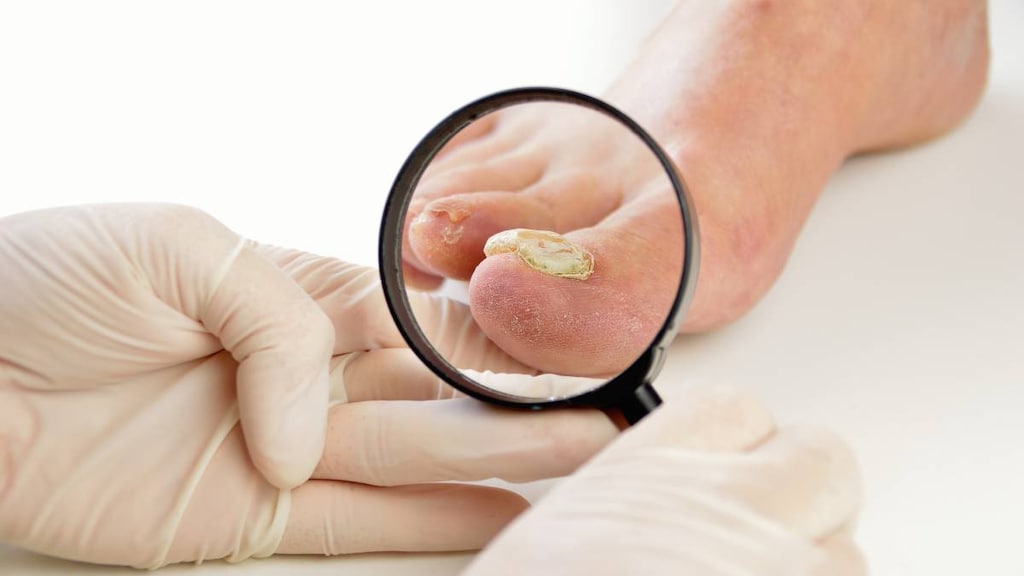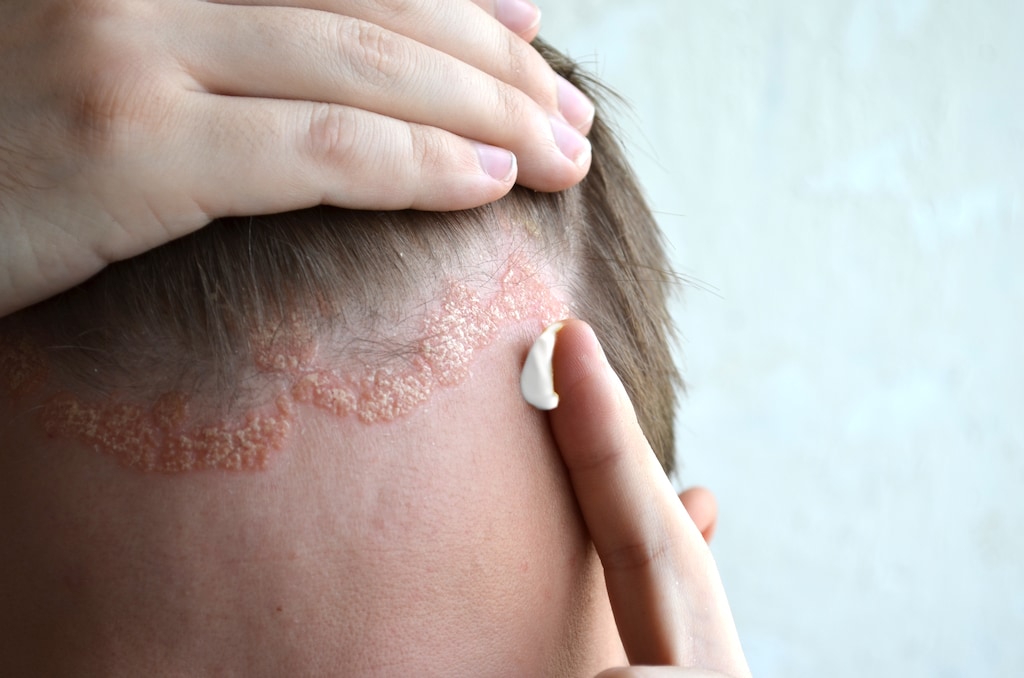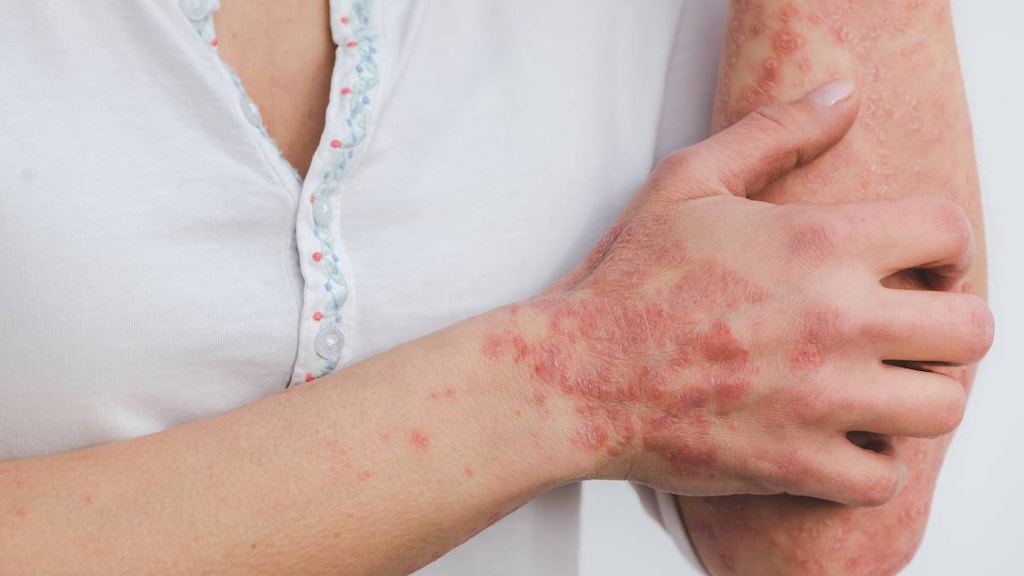Dosage Forms
Excipient information presented when available (limited, particularly for generics); consult specific product labeling. [DSC] = Discontinued product
Aerosol, foam, rectal:
ProctoFoam HC: Pramoxine hydrochloride 1% and hydrocortisone acetate 1% (10 g)
Aerosol, foam, topical:
Epifoam: Pramoxine hydrochloride 1% and hydrocortisone acetate 1% (10 g)
Cream, topical:
Analpram Advanced Kit: Pramoxine hydrochloride 1% and hydrocortisone acetate 2.5% [kit includes Analpram HC cream, diosmiplex (Vasculera) tablets, AloeClean wipes, and applicators] [DSC]
Analpram E Kit: Pramoxine hydrochloride 1% and hydrocortisone acetate 2.5% (4 g [DSC], 30 g [DSC]) [kit includes Prax wipes]
Analpram HC: Pramoxine hydrochloride 1% and hydrocortisone acetate 1% (4 g, 30 g); pramoxine hydrochloride 1% and hydrocortisone acetate 2.5% (4 g, 30 g)
PramCort: Pramoxine hydrochloride 1% and hydrocortisone acetate 1% (30 g) [contains propylene glycol]
Pramosone: Pramoxine hydrochloride 1% and hydrocortisone acetate 1% (30 g, 60 g); pramoxine hydrochloride 1% and hydrocortisone acetate 2.5% (30 g, 60 g)
Pramosone E: Pramoxine hydrochloride 1% and hydrocortisone acetate 2.5% (30 g [DSC], 60 g [DSC])
ProCort: Pramoxine hydrochloride 1.15% and hydrocortisone acetate 1.85% (60 g)
Generic: Pramoxine hydrochloride 1% and hydrocortisone acetate 1% (30 g); pramoxine hydrochloride 1% and hydrocortisone acetate 2.5% (30 g, 60 g)
Gel, topical:
Novacort: Pramoxine hydrochloride 1% and hydrocortisone acetate 2% (29 g) [contains aloe, benzyl alcohol, propylene glycol]
Lotion, topical:
Analpram-HC: Pramoxine hydrochloride 1% and hydrocortisone acetate 2.5% (60 mL)
Pramosone: Pramoxine hydrochloride 1% and hydrocortisone acetate 1% (60 mL, 120 mL, 240 mL); pramoxine hydrochloride 1% and hydrocortisone acetate 2.5% (60 mL, 120 mL)
Ointment, topical:
Pramosone: Pramoxine hydrochloride 1% and hydrocortisone acetate 1% (30 g); pramoxine hydrochloride 1% and hydrocortisone acetate 2.5% (30 g)
Pharmacology
Mechanism of Action
See individual agents.
Use: Labeled Indications
Dermatoses: Relief of inflammatory and pruritic manifestations of corticosteroid-responsive dermatoses
Contraindications
Hypersensitivity to pramoxine, hydrocortisone, or any component of the formulation
Dosage and Administration
Dosing: Adult
Dermatoses: Topical, rectal: Apply to affected areas 3 to 4 times daily.
Dosing: Geriatric
Refer to adult dosing.
Dosing: Pediatric
Dermatoses: Infants, Children, and Adolescents: Topical, rectal: Refer to adult dosing.
Administration
Topical: Apply a thin film to the affected area. The treated area should not be bandaged or otherwise covered or wrapped as to be occlusive; however, occlusive dressings may be used for the management of psoriasis or recalcitrant conditions. Discontinue the use of occlusive dressings if infection develops. The use of tight-fitting diapers or plastic pants should be avoided.
Foam: Epifoam: Shake vigorously for 5 to 10 seconds before each use. May apply directly to the affected are or alternatively, may dispense a small amount to a pad and apply to affected areas. Do not insert container into vagina or anus. Disassemble container and cap after each use and rinse with warm water.
Lotion: Shake well before use.
Rectal: Proctofoam HC: Shake vigorously for 5 to 10 seconds prior to use. Do not remove cap during use. Hold container upright to fill applicator. Gently insert applicator tip into anus. Only use applicator provided by manufacturer; do not insert any part of the aerosol container in the anus. Clean applicator after each use with warm water. For perianal application, transfer a small amount on to a tissue and gently rub into affected area.
Storage
Store at 25°C (77°F); excursions permitted to 15°C to 30°C (59°F to 86°F).
EpiFoam and Proctofoam HC: Store upright at 20°C to 25°C (68°F to 77°F). Do not refrigerate. Contents are under pressure; do not burn or puncture the container; do not store at temperatures above 49°C (120°F).
Pramcort: Store at 20°C to 25°C (68°F to 77°F), excursions permitted to 15° to 30°C (59° to 86°F). Brief exposure to temperatures up to 40°C (104°F) may be tolerated provided the mean kinetic temperature does not exceed 25°C (77°F); however, such exposure should be minimized. Protect from freezing.
Drug Interactions
Aldesleukin: Corticosteroids may diminish the antineoplastic effect of Aldesleukin. Avoid combination
Calcipotriene: Hydrocortisone (Topical) may diminish the therapeutic effect of Calcipotriene. Management: Monitor for reduced calcipotriene efficacy if combined with hydrocortisone valerate. Consider separating the administration of these agents by 10 to 12 hours to minimize the risk of this potential interaction. Monitor therapy
Corticorelin: Corticosteroids may diminish the therapeutic effect of Corticorelin. Specifically, the plasma ACTH response to corticorelin may be blunted by recent or current corticosteroid therapy. Monitor therapy
Deferasirox: Corticosteroids may enhance the adverse/toxic effect of Deferasirox. Specifically, the risk for GI ulceration/irritation or GI bleeding may be increased. Monitor therapy
Hyaluronidase: Corticosteroids may diminish the therapeutic effect of Hyaluronidase. Management: Patients receiving corticosteroids (particularly at larger doses) may not experience the desired clinical response to standard doses of hyaluronidase. Larger doses of hyaluronidase may be required. Consider therapy modification
Methemoglobinemia Associated Agents: May enhance the adverse/toxic effect of Local Anesthetics. Specifically, the risk for methemoglobinemia may be increased. Monitor therapy
Ritodrine: Corticosteroids may enhance the adverse/toxic effect of Ritodrine. Monitor therapy
Adverse Reactions
See individual agents.
Warnings/Precautions
Concerns related to adverse effects:
- Adrenal suppression: May cause hypercortisolism or suppression of the hypothalamic-pituitary-adrenal (HPA) axis, particularly in younger children or in patients receiving high doses for prolonged periods. HPA axis suppression may lead to adrenal crisis.
- Contact dermatitis: May occur; discontinue use if irritation occurs and treat appropriately.
- Immunosuppression: Prolonged use of corticosteroids may result in fungal or bacterial superinfection; discontinue if dermatological infection persists despite appropriate antimicrobial therapy.
- Systemic effects: Topical corticosteroids may be absorbed percutaneously. Absorption of topical corticosteroids may cause manifestations of Cushing's syndrome, hyperglycemia, or glycosuria. Absorption is increased by the use of occlusive dressings, application to denuded skin, prolonged use, or application to large surface areas.
Special populations:
- Elderly: Because of the risk of adverse effects associated with systemic absorption, topical corticosteroids should be used cautiously in the elderly in the smallest possible effective dose for the shortest duration.
- Pediatric: Children may absorb proportionally larger amounts after topical application and may be more prone to systemic effects. HPA axis suppression, intracranial hypertension, and Cushing syndrome have been reported in children receiving topical corticosteroids. Prolonged use may affect growth velocity; growth should be routinely monitored in pediatric patients.
Dosage form specific issues:
- Appropriate use: Avoid use of topical preparations with occlusive dressings or on weeping or exudative lesions.
- Rectal foam: Do not insert any part of the aerosol container directly into the anus. Discontinue use if there is no evidence of clinical or proctologic improvement within 2 or 3 weeks after initiation of therapy or if the condition worsens.
Monitoring Parameters
May consider the use of urinary free cortisol test and ACTH stimulation test in patients with suspected hypothalamic-pituitary-adrenal (HPA) axis suppression.
Pregnancy
Pregnancy Risk Factor
C
Pregnancy Considerations
Adverse events have been observed with corticosteroids in animal reproduction studies. Rectal use of pramoxine and hydrocortisone for the treatment of hemorrhoids in the third trimester of pregnancy was not shown to affect birth weight (Ebrahimi 2011). Also refer to Hydrocortisone (Topical) monograph.
Patient Education
What is this drug used for?
- It is used to treat skin irritation.
- It is used to treat signs of hemorrhoids or rectal irritation.
Frequently reported side effects of this drug
- Dry skin
- Burning
- Itching
Other side effects of this drug: Talk with your doctor right away if you have any of these signs of:
- Adrenal gland problems like severe nausea, vomiting, severe dizziness, passing out, muscle weakness, severe fatigue, mood changes, lack of appetite, or weight loss
- Cushing syndrome like weight gain in upper back or abdomen; moon face; severe headache; or slow healing
- High blood sugar like confusion, fatigue, increased thirst, increased hunger, passing a lot of urine, flushing, fast breathing, or breath that smells like fruit
- Skin thinning
- Skin changes like acne, stretch marks, slow healing, or hair growth
- Severe application site irritation
- Severe rectal bleeding
- Severe rectal pain
- Signs of a significant reaction like wheezing; chest tightness; fever; itching; bad cough; blue skin color; seizures; or swelling of face, lips, tongue, or throat.
Note: This is not a comprehensive list of all side effects. Talk to your doctor if you have questions.
Consumer Information Use and Disclaimer: This information should not be used to decide whether or not to take this medicine or any other medicine. Only the healthcare provider has the knowledge and training to decide which medicines are right for a specific patient. This information does not endorse any medicine as safe, effective, or approved for treating any patient or health condition. This is only a brief summary of general information about this medicine. It does NOT include all information about the possible uses, directions, warnings, precautions, interactions, adverse effects, or risks that may apply to this medicine. This information is not specific medical advice and does not replace information you receive from the healthcare provider. You must talk with the healthcare provider for complete information about the risks and benefits of using this medicine.




